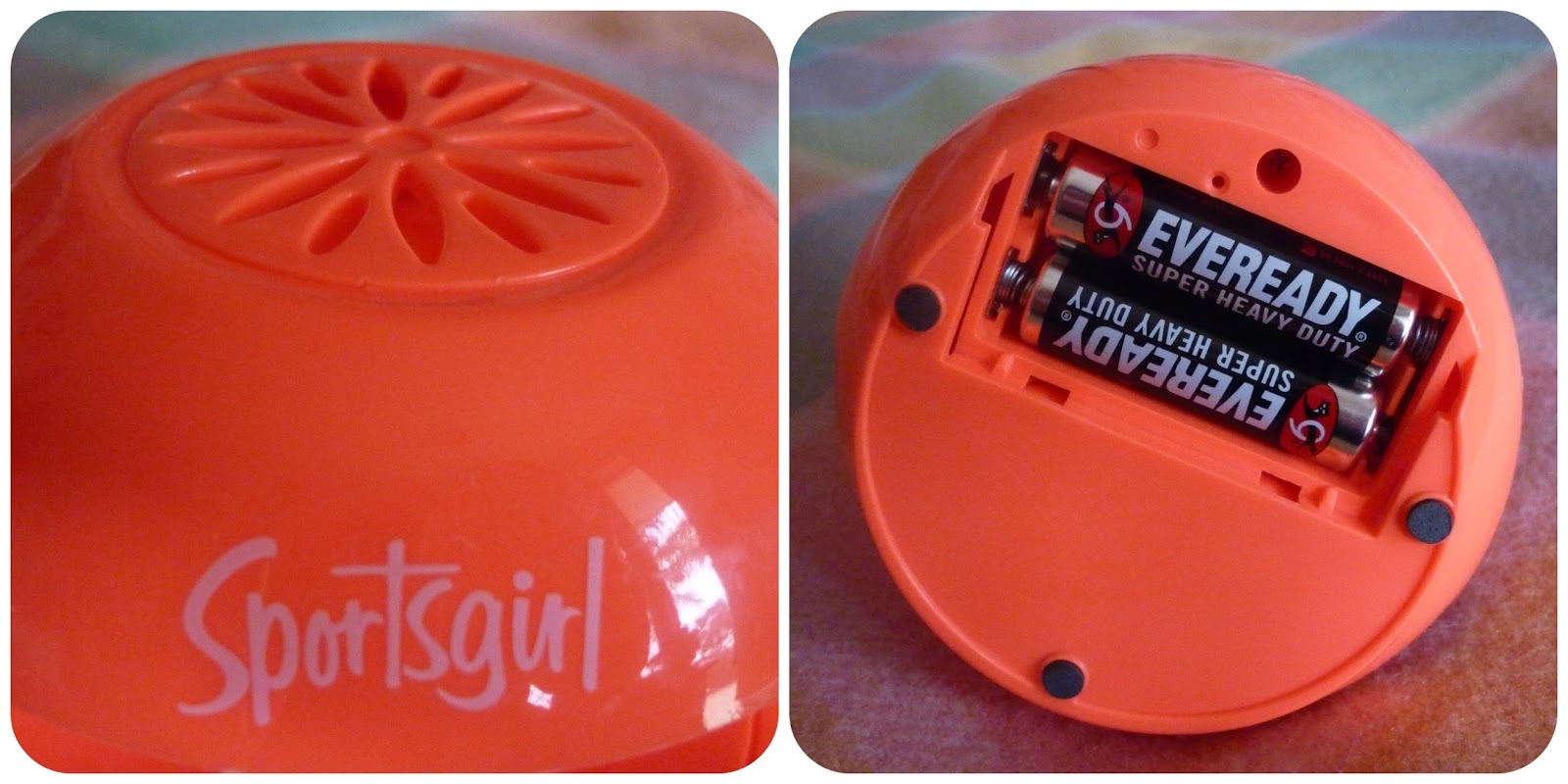


Some fans actually list a noise level in decibels.

And when in doubt, go bigger, since larger fans can create more airflow without kicking up as much noise as a small fan. If you’d prefer a legitimately quiet fan, look for a brushless motor and good range of speed settings, since lower speeds are usually quieter. However, both size and motor power can add weight to your fan, so if you need to carry it around, consider what you’re willing to compromise when it comes to airflow and portability. Larger fans can move more air than smaller ones, and more powerful motors can churn air better than weaker motors. When it comes to the amount of airflow you’ll get from a fan, the fan’s size and motor play significant roles. If you’re going to be using your fan heavily, look for one that works with rechargeable batteries so you won’t have to constantly replace them. Run time can also be increased by having a larger battery bank to hold more batteries or an optional cord for plugging into a power source when one is available. Judging quality can be tough just by looking at a fan, so it’s a good idea to read through reviews and see what people who have used the fan say about its power and run time. Run times vary from about two to 50 hours, and while batteries play a role in run time, higher quality fans run longer on the same battery than lower quality options. When the heat kicks in, the best battery-operated fans keep you cool with a long run time, strong airflow, and quiet operation.


 0 kommentar(er)
0 kommentar(er)
